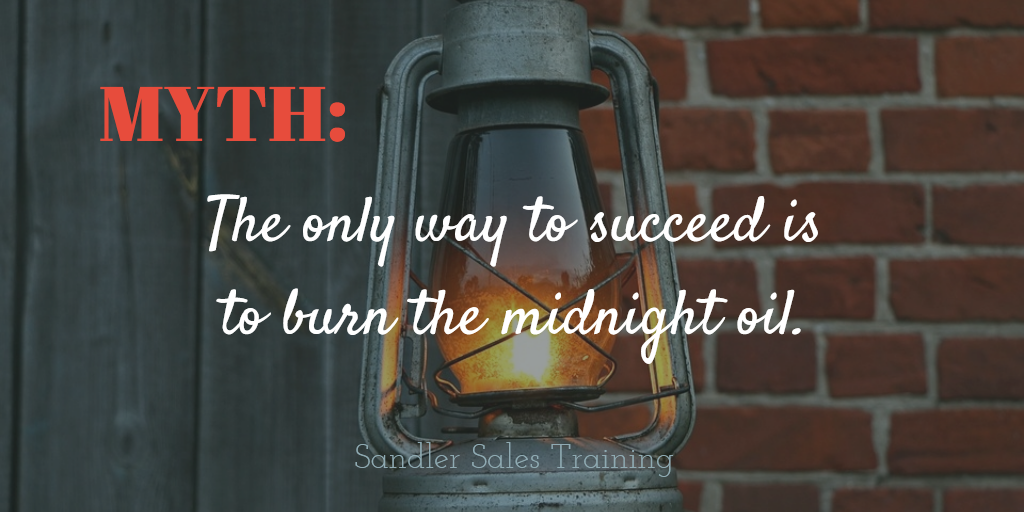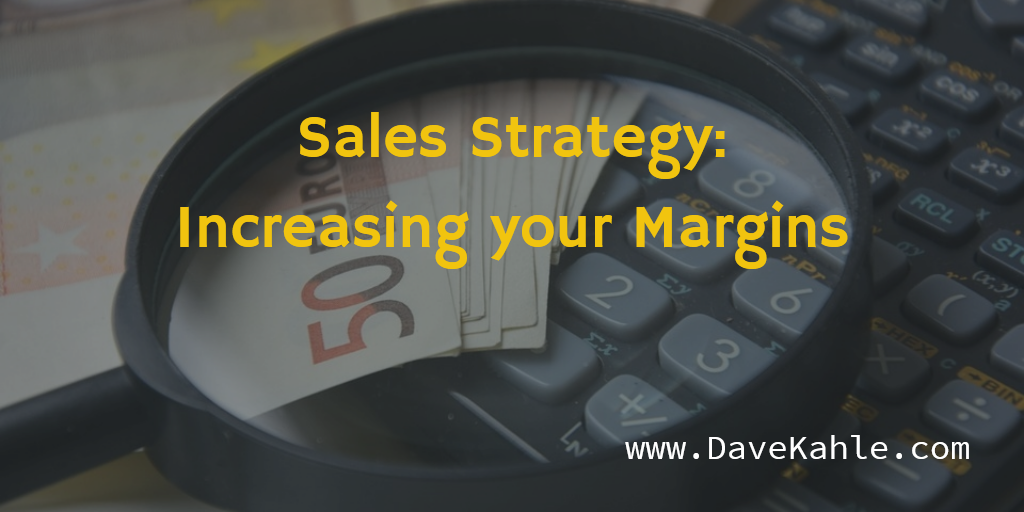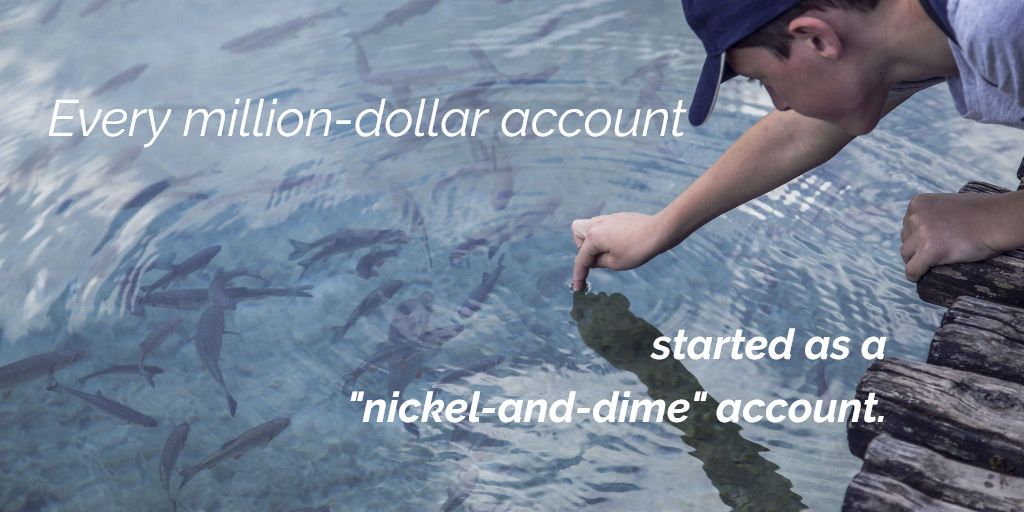Beliefs that limit a sales person’s performance
By Dave Kahle
“I have great relationships with my customers.” That is one of the most debilitating myths around — one that cripples the performance of the average corporate sales person. Yet, it is endemic within the population of sales people. I am not sure that there is a sales person anywhere who doesn’t, to some extent, believe it.
I have often heard senior sales executives, when discussing their sales force with me, allude to someone whom they hired from a competitor because “they had such great relationships with their customers that they were going to bring their business with them.” And, almost universally, it didn’t quite happen that way. The sales people, and their prospective employers, thought, erroneously, that the sales person had great relationships with their customers. They subscribed to the myth.
In recent years, I have come to see the belief that a sales person has “great relationships” as something of a smoke-screen. It’s used by the sales person to obscure a deeper issue – their lack of sales expertise. As long as they believe that they have great relationships, then they don’t need to be competent sales people, because after all, their customers like them and will buy from them no matter how poorly executed are their sales competencies.
Here’s another problem. Sales people who profess to have great relationships with their customers all too often limit the preponderance of their sales calls to those with whom they have these relationships. In other words, the existence of the perceived relationship dictates their strategic decisions – they go where it is easiest, and spend time with those whom they perceive like them.
Read this article in an expanded version. Click here.
That, by itself, is OK, as far as it goes. The performance-hindering aspect comes in when they do that instead of going where it is smart, where there is greater potential. Thus, they allow their perception of the relationship to influence their strategic decisions. It ought to work the other way around. The potential of the customer should dictate where the sales person builds relationships.
The myth that they have great relationships with their customers, then, produces two major obstacles to sales success: it covers up the sales person’s lack of sales competencies, and it prevents them from working smart.
The best sales people make sound strategic decisions, prioritizing and targeting their accounts based on the potential, and then work at building positive business relationships with those important people. The best sales people understand that just as important as the quality of the relationship is their ability to uncover the customer’s needs and wants at deeper levels, to position their products and services as perfect matches to the customer’s needs, to manage the project by gaining agreement at every step of the way, and to leverage those positive transactions to identify further opportunities. In other words, the best sales people are good at selling, whereas the relationship-reliant sales people are only good at getting along with those people who get along with them.
There is a huge qualitative disparity here. The best sales people also understand that a positive business relationship is, particularly in today’s world of unrelenting change, a necessary piece of the entire sales puzzle. However, it is only a piece, necessary but not sufficient. It provides access to the key people, and perhaps the preference of the customer. It oils the gears of the transaction, and makes every step in the sales process work smoother. But only rarely does a customer buy solely because of the relationship with the sales person.
A positive business relationship, then, is a necessary but not sufficient means to an end. When complimented with effective sales competencies and implemented strategically, it can be a powerful asset to the sales person.
However, when sales people use the belief that they have great relationships with their customers to excuse their lack of sales competencies and to derail them from strategically focusing on the highest potential customers, it becomes one of the most debilitating beliefs.
About the Author
Dave Kahle is one of the world’s leading sales authorities. He’s written ten books, presented in 47 states and ten countries, and has helped enrich tens of thousands of sales people and transform hundreds of sales organizations. Sign up for his free weekly Ezine. Check out our Sales Resource Center for 455 sales training programs for every sales person at every level.
You may contact Dave at The DaCo Corporation, PO Box 523, Comstock Park, MI 49321, or dave@davekahle.com
source http://www.commence.com/blog/2017/06/30/i-have-great-relationships-with-my-customers/








